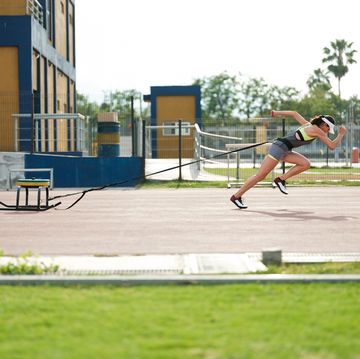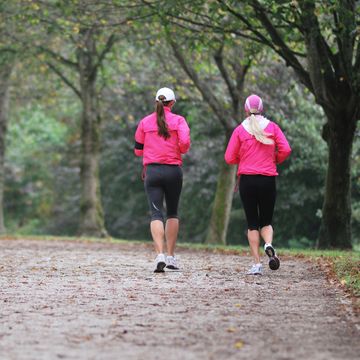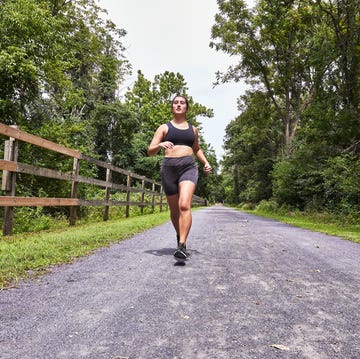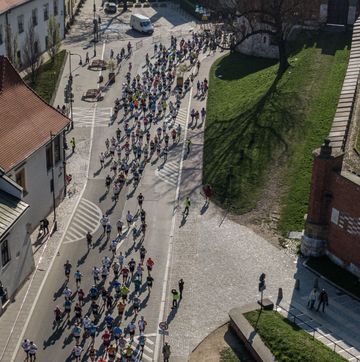For most high school cross country teams, summer is a season unto itself. Teenage runners may be on vacation—working jobs, taking family trips, going to the beach—but if they don’t run virtually every day in a calculated program to build a mountain of fitness, you can throw fall success out the window.
That’s the overriding message delivered in the pages of Running Times in July 2013 by coaches of six outstanding high school programs across the nation. They know that building a base for 5K fall racing takes months. Not to mention the good habits, training knowledge and team bonding that will come with a summer of hard work. These squads, boasting long resumes of state championships and national rankings, build a team culture that stresses summer commitment, no ifs, ands or buts.
But while these schools have fall success in common, they differ widely in their training and organizational approaches. Some coaches meet with their teams all summer long; others, operating within state restrictions, have limited athlete contact until mandatory school practice begins in August. Certain groups start out with only easy mileage; a few work in the hard stuff early on. Some teams emphasize weight training and core work; others just run.
Throughout the summer, Running Times is highlighting six different high school cross country teams and their summer training programs. This week, take a look at summer training for Los Alamos High School in Los Alamos, New Mexico:
Los Alamos High School
Los Alamos, N.M.
Coaches: Kathy and Rob Hipwood
Cross Country Success: The Los Alamos girls have won 18 state 4A championships. In 2002, the Hilltoppers placed first through fifth, scoring a perfect 15 points. They were sixth at the inaugural NXN in 2004.
Setting It Up: The Hipwoods (who also coach the boys) meet with the team three times a week, starting in mid-June. They encourage the athletes to also run on their own and, to facilitate that, they provide a detailed, day-by-day schedule. Training is presented in minutes (not miles), and the team is divided into groups based on experience. Workouts are tempered by the high altitude of 7,300 feet, one of the highest of any school in the country.
Overall Training: The three team workouts per week are a Monday hilly run on cross-country ski trails, a Wednesday short run and games, and a Friday tempo run of 35 to 50 minutes, aiming for 80 to 85 percent of max for segments of the run. New runners start with 15- to 30-minute runs and work up to a long run of 50 minutes by the eighth week. Veterans work up to about 320 minutes per week (about 40 miles). The team does a 2-mile time trial before the regular season to help determine workout training paces.
Hill Training: Situated amid the Jemez Mountains, Los Alamos finds almost every run full of ascents and descents. The Hilltoppers make lung-burning climbs in the oxygen-thin air and must be careful to include ample recovery time. “The altitude is always looking over our shoulder,” says Kathy Hipwood.
Total Fitness: The Hipwoods recommend a variety of complementary exercises, like pull-ups, jump rope, yoga, core work, and even walking and hiking.
Summer Innovation: To start to develop a year-round running lifestyle, new runners without any athletic experience are introduced to training with a modified run-walk program. The first week, these girls alternate running 5 minutes, walking 5 minutes, for three days. After eight weeks, they are running 20 to 25 minutes, four days a week.
See also:
June 4: Tatnall School Builds Base By Experience
June 11: Mountain Brook Puts Responsibility With Athletes
June 18: Endless Summer: St. Xavier Boys Use Time Trials For Training Targets

Marc Bloom’s high school cross-country rankings have played an influential role in the sport for more than 20 years and led to the creation of many major events, including Nike Cross Nationals and the Great American Cross Country Festival. He published his cross-country journal, Harrier, for more than two decades.












